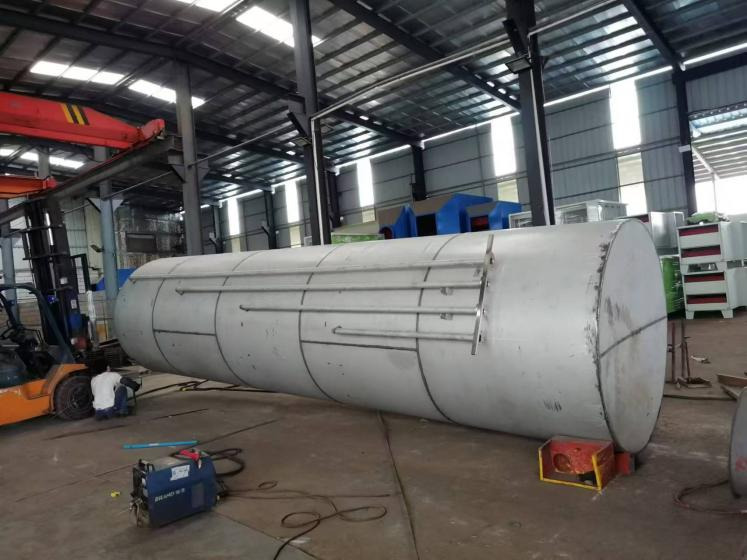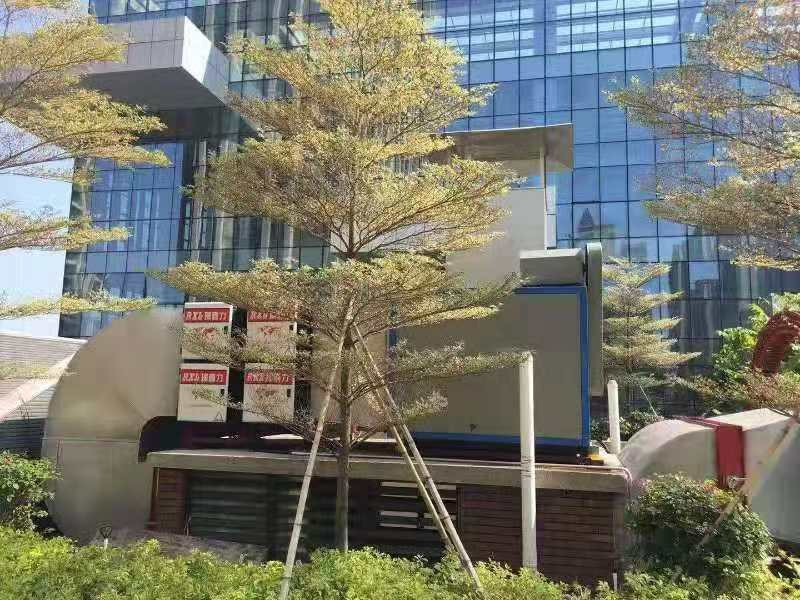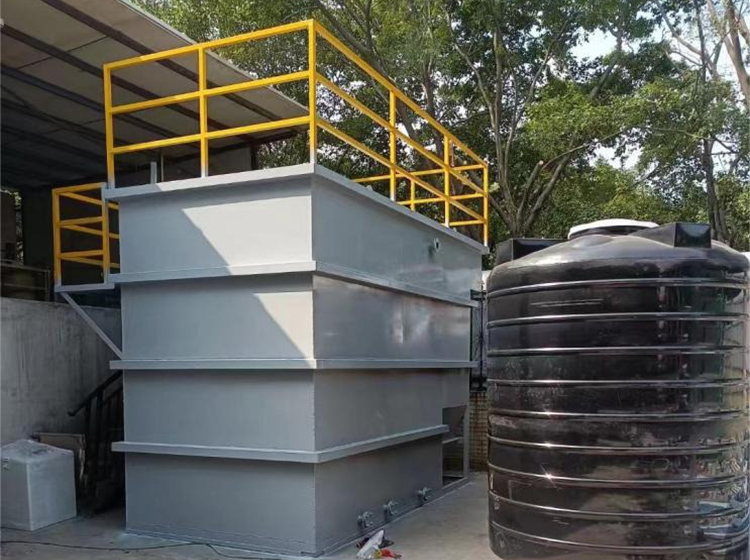Advantages and characteristics of integrated wastewater treatment equipment
The MBR process, an integrated wastewater treatment equipment, is commonly used for nitrogen and phosphorus removal. This process is based on the MBR membrane process and includes a first stage anoxic tank. The wastewater undergoes biological denitrification and phosphorus removal through a carbon membrane, and then undergoes internal denitrification in a second anoxic tank to further remove TN. Afterwards, the aerobic aeration effect of the membrane tank is utilized to ensure effluent quality.
The integrated wastewater treatment equipment in the MBR system separates suspended solids and debris from the wastewater, which flows into the regulating tank to balance the water quality and quantity, and then enters the sedimentation tank for solid-liquid separation. The upstream clear night flows into the MBR treatment tank, which is designed as an MBR system: in the front section, the incoming flowing water is fully mixed for biological denitrification and denitrification, and in the rear section, biodegradation and nitrification are carried out, while alkali is added. The treated wastewater is directly discharged.
The MBR process of integrated wastewater treatment equipment is a new process that combines membrane bioreactor technology with traditional anaerobic, anoxic, and aerobic processes. It is often used for the purification of nitrogen and phosphorus removal wastewater, highlighting its characteristics and promoting the biological phosphorus and nitrogen removal process, maximizing the efficiency of phosphorus, nitrogen, and organic matter removal in the entire system.
Fully enhance the high concentration activated sludge in the membrane reaction tank, promote the formation of dominant nitrifying bacterial communities, improve nitrification efficiency, and thoroughly remove ammonia nitrogen; Through automatic control, optimize the sludge discharge time of the membrane bioreactor, reasonably control the sludge age, increase the concentration of slow growing nitrifying bacteria, denitrifying bacteria, and other specialized biochemical bacteria in the system, and improve the efficiency of organic matter and phosphorus and nitrogen removal; Implement aerobic sludge discharge to avoid secondary release of phosphorus and improve phosphorus removal efficiency.
The MBR process of integrated wastewater treatment equipment adopts the following process flow: anaerobic, first stage anoxic, second stage anoxic, aerobic, and membrane tank. The gas characteristic is to set up two anoxic zones in the A2O-MBR process, and regulate the functions of the two anoxic zones by controlling the inlet and reflux points.
The inflow method adopts two points: anaerobic zone and first anoxic zone. The reflux method adopts a three-stage two-point reflux, with the first stage being the reflux of the membrane pool mixture to the front end of the aerobic system; The second stage is to reflux the mixed solution from the aerobic zone to the first anoxic zone and the second anoxic zone respectively; The third pole is the mixing of the mixed liquid from the first anoxic zone into the anaerobic zone.
The MBR process of integrated wastewater treatment equipment is a process that combines SBR and MBR, which has the advantages of both. SBR is an improved activated sludge treatment process that utilizes the interception and filtration function of membrane components to maximize the reproduction of microorganisms in the reaction, promoting the growth of nitrifying bacteria. The sludge has high biological activity and strong ability to adsorb and degrade organic matter.
The MBR process consists of five systems: influent, anaerobic, aerobic, and sedimentation. The working mode of SBR and MBR provides conditions for biological phosphorus and nitrogen removal, and can also be controlled according to the needs of treating different types of wastewater. The use of membrane separation for drainage improves the purification efficiency of wastewater and saves time.
Previous: The main harmful substances in the treatment of spray painting exhaust gas
Next: No More








